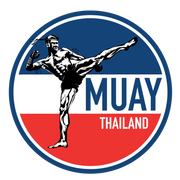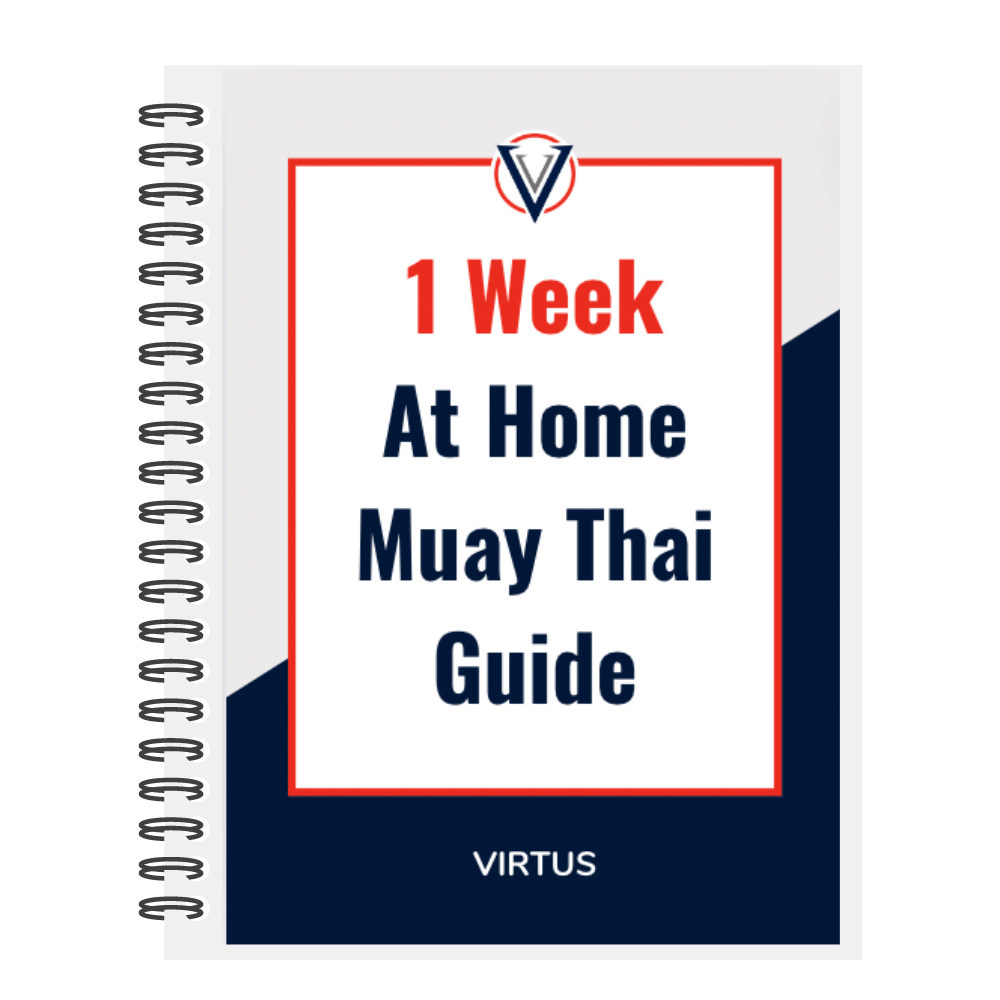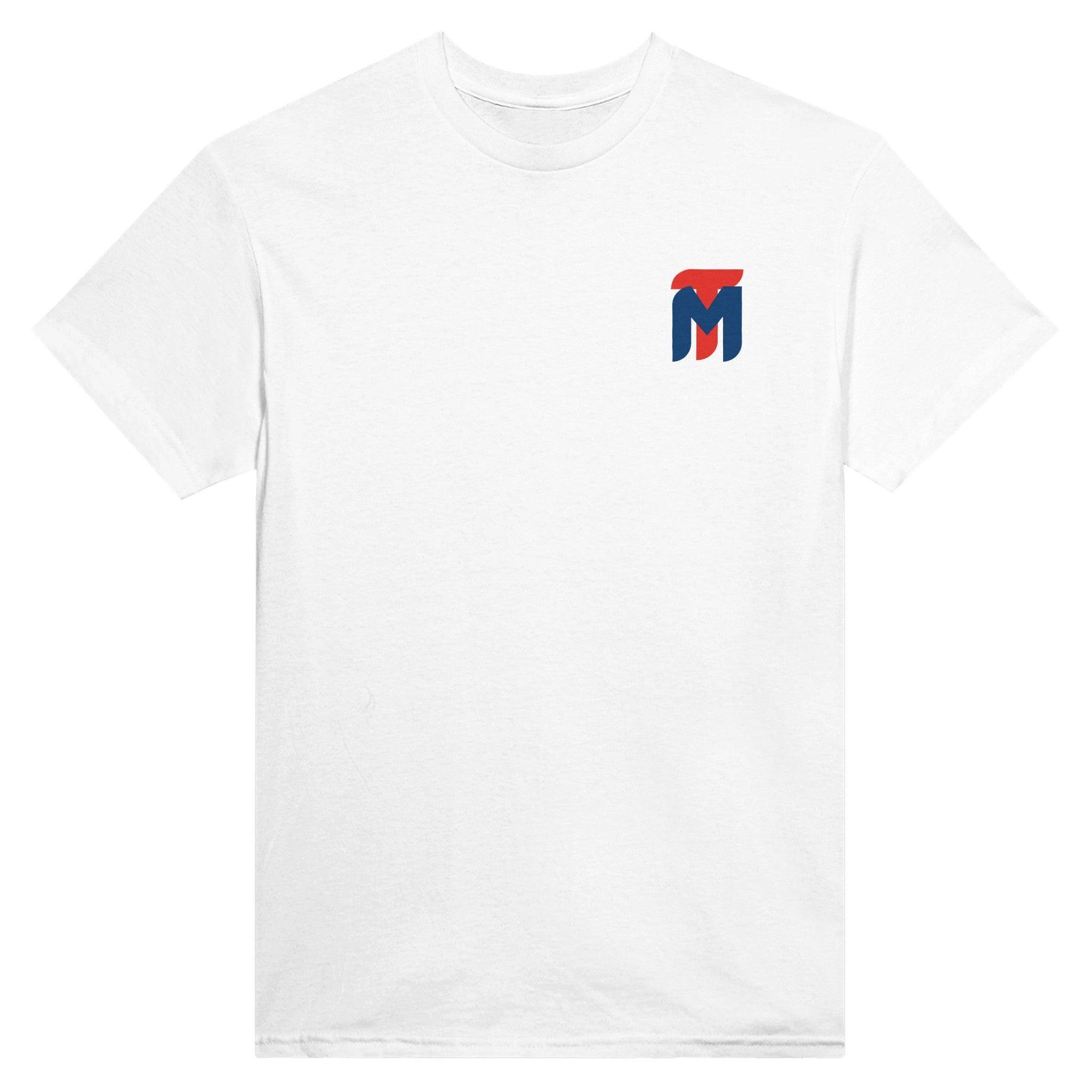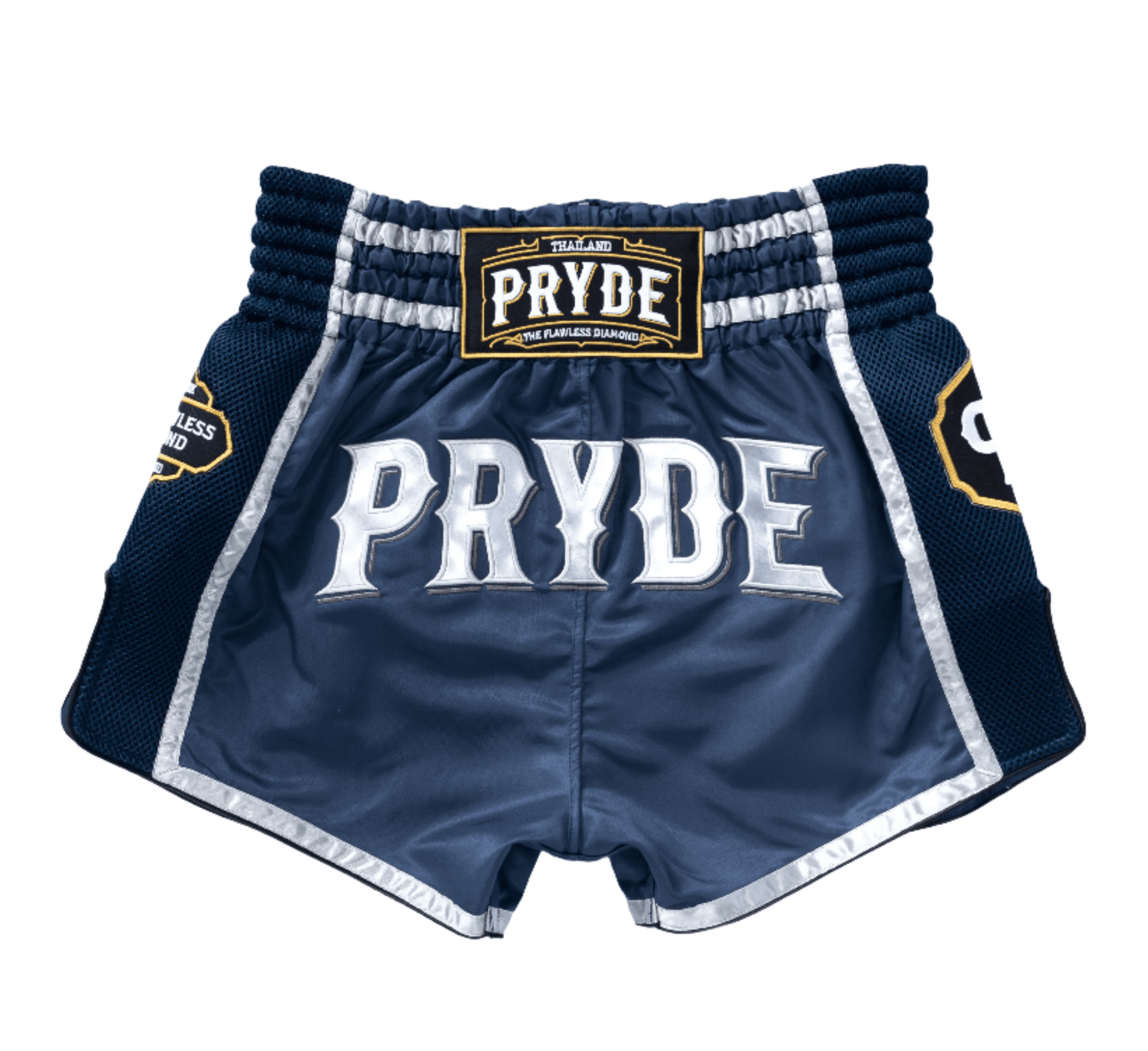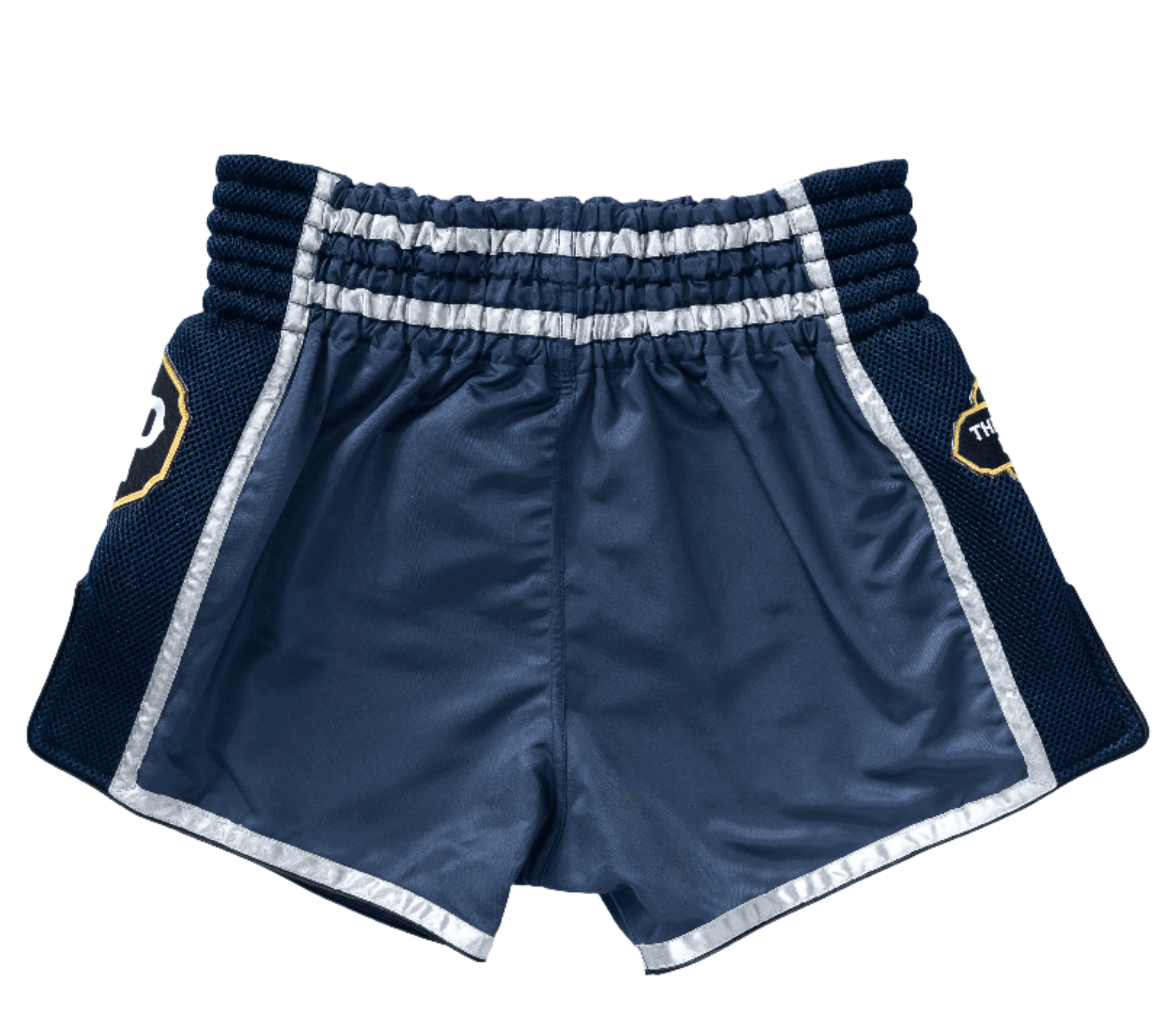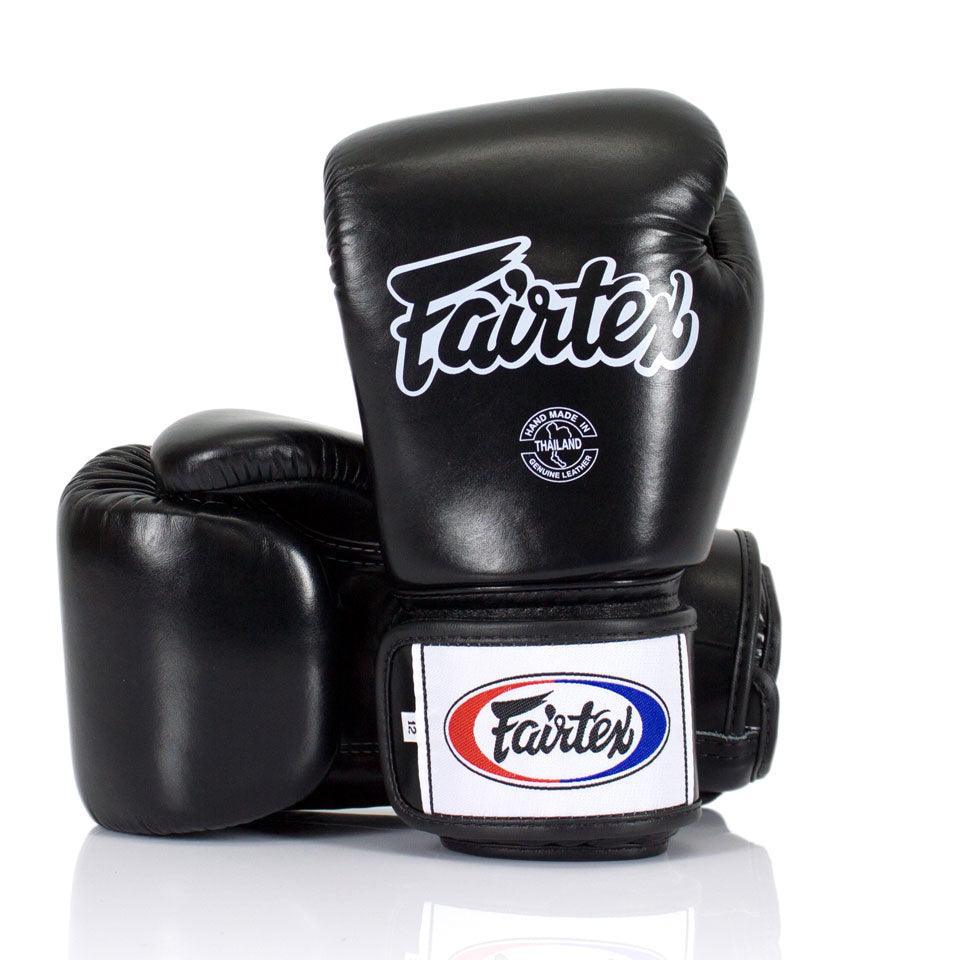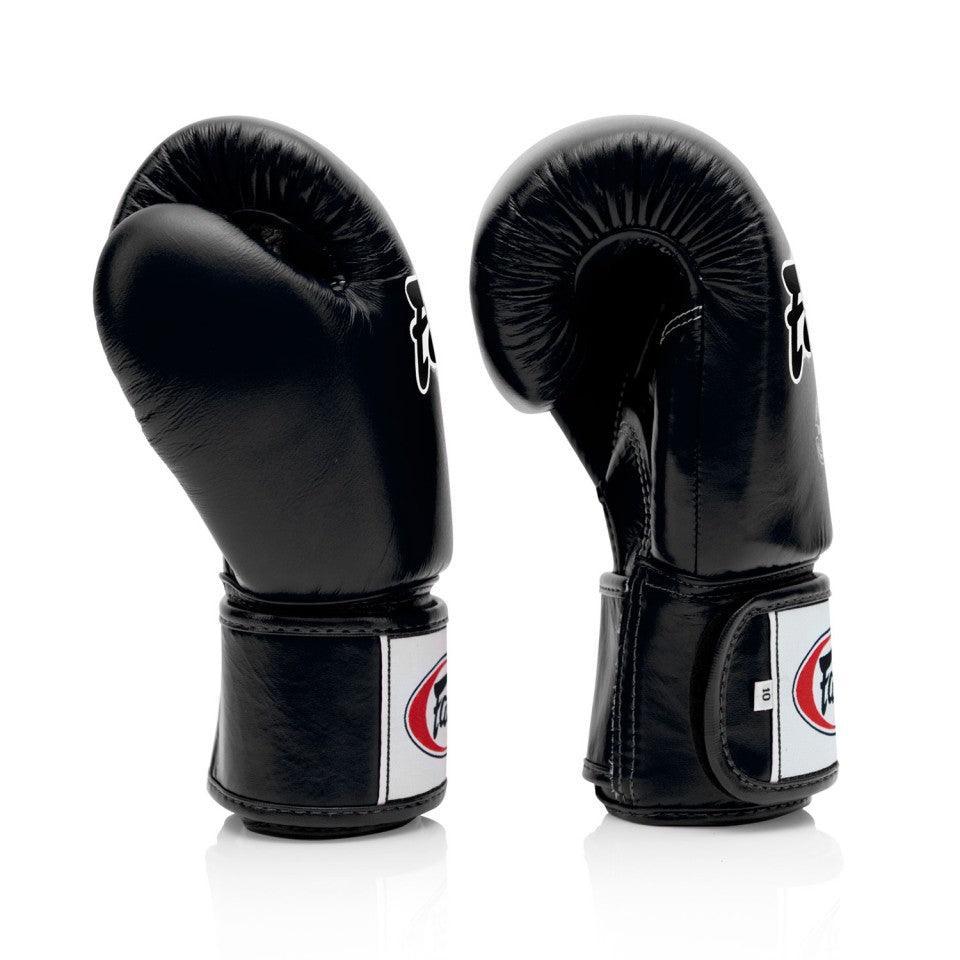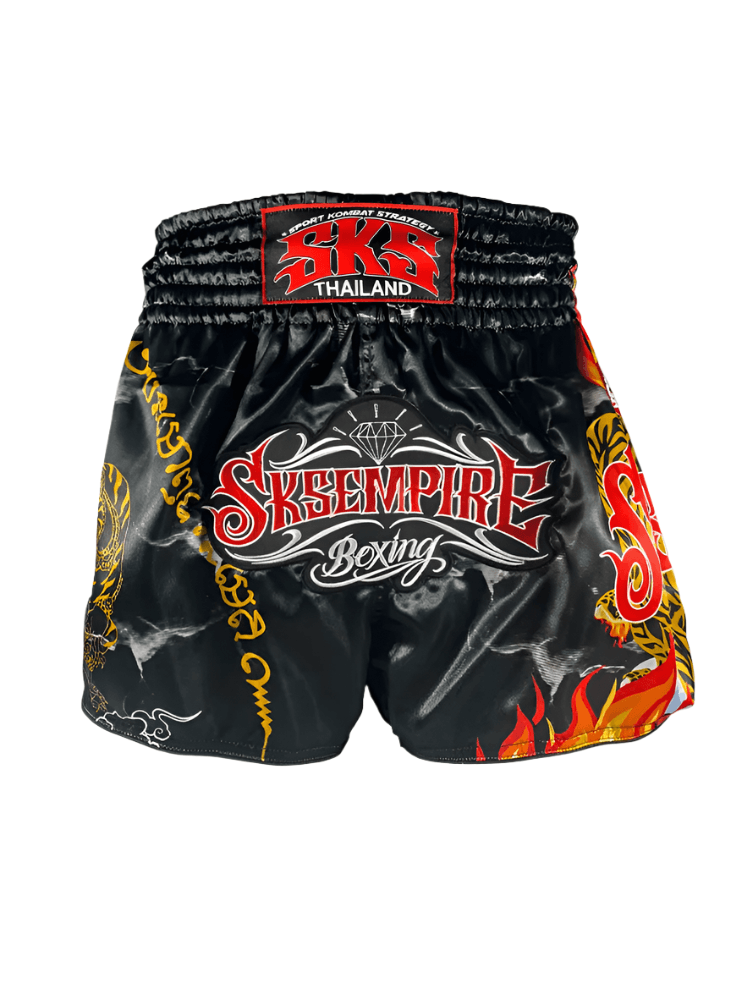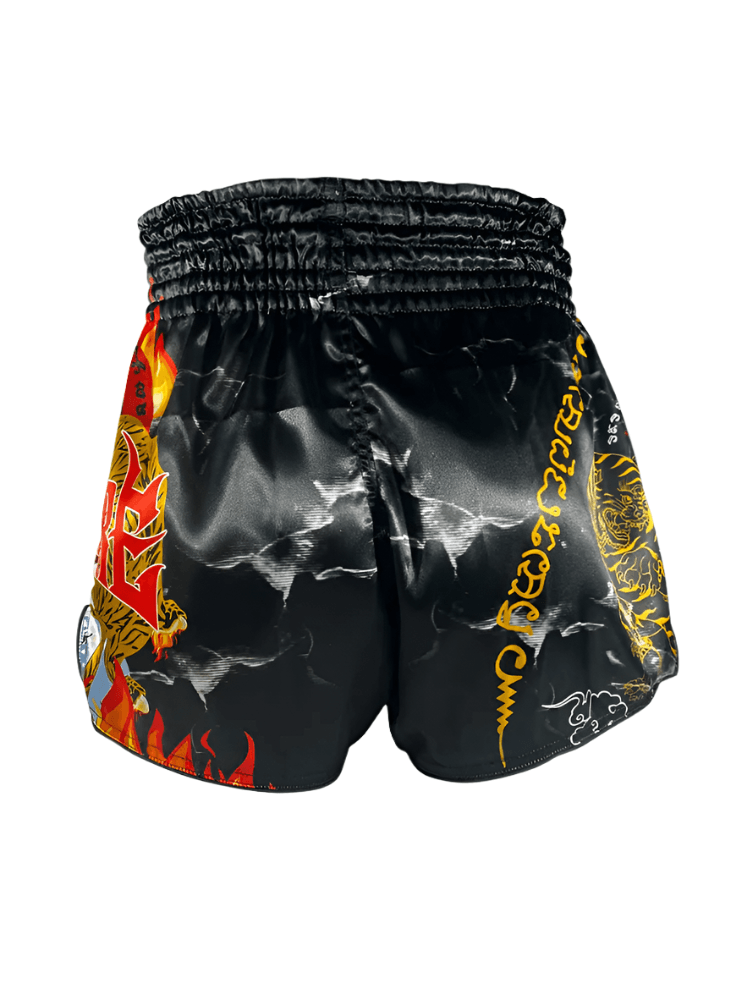Overview of Muay Thai Rules
There are many similarities between some of the basic rules of Muay Thai, Boxing and Kickboxing, especially in terms of the size of ring (up to 24ft wide), glove size (6-12oz typically), the use of hand wraps, wins are by TKO/KO or judge's decision and the fact that fighters compete at the same/similar skill level (although in professional bouts, this is more down to the promotion and its matchmakers) and weight class.
Besides these similarities, there are some fundamental rules in Muay Thai that make it unique, including:
- Competitors enter the ring by jumping over the rope (women often go under the rope in Thailand).
- Competitors pay homage and seal the ring by walking around the ring in a counter-clockwise circle, stopping at each corner and bowing.
- The performance of the Wai Kru is an especially unique distinction. It's a a traditional dance which is influenced by an individual's Muay Thai coach and feelings toward their opponent.
- Competitors have 8 points to strike with – fists, elbows, knees, shins.
- Another unique distinction is use of the clinch. This stand-up wrestling provides competitors the opportunity to grapple, sweep, throw and strike at close quarters.
- Competitors can catch kicks and sweep or dump their opponents.
- Fighters must wear Muay Thai shorts.
Muay Thai fighters wear shorts that are high above the knees and allow for full range of motion during kicks and knee strikes. They also wear a groin protector, mouth guard, and gloves provided by the organizers. The standard size of Muay Thai gloves for professional fights is 8oz, while amateur fighters use anything from 10oz upwards. Bandages must be worn under the gloves to protect the hands and wrists from injuries. During the Ram Muay and Wai Kru, they also wear a Mongkol (headband) and Pra Jiad (armbands), which hold cultural significance and are believed to bring good luck and protection to the fighter.
Duration and the number of rounds depends on the promotion. Typically it is 3-5 rounds with 3-5 minutes each round. Often it will be 3 x 5 or 3 x 3 with championship fights featuring 2 extra rounds (i.e. 5 x 5 or 5 x 3).
Fouls and Prohibited Actions in Muay Thai
Any intentional use of prohibited actions or fouls in Muay Thai can result in severe penalties, including disqualification. Some common fouls include headbutting, eye-gouging, biting, and striking the groin area with a knee (in many promotions striking the groin with a kick is still legal). Additionally, using excessive clinching as a defensive strategy can lead to warnings from the referee. Understanding and adhering to these rules is crucial to maintain the integrity of the sport and ensure fair competition.
Understanding Weight Classes and Divisions
Weight classes and divisions in Muay Thai categorize fighters based on their weight to ensure fair competition. Fighters are grouped into specific weight categories, such as featherweight, welterweight, and heavyweight. This classification system helps match competitors of similar sizes and strengths, enhancing the competitive balance within the sport. Each weight class has its own set limits, enabling fighters to compete against opponents with similar physical attributes, promoting a level playing field in Muay Thai matches.
Muay Thai has a total of 17 weight divisions, ranging from Mini Flyweight (below 105 lbs) to Super Heavyweight (above 209 lbs). Although not every promotion will have fighters in these divisions and some may have slightly different weight limit ranges. Each division has a maximum weight limit, and fighters must weigh in before the fight (typically the day before) to ensure they are within their designated division.
Are there any special rules for women in Muay Thai?
In Muay Thai, the rules and regulations apply equally to both men and women. Weight classes and divisions are implemented for female fighters as well, ensuring fair and competitive matchups. Just like their male counterparts, female fighters are expected to adhere to the same fouls and regulations during bouts, emphasizing respect, sportsmanship, and adherence to the code of ethics inherent in this martial art. Victory in Muay Thai transcends gender boundaries, focusing instead on skill, integrity, and honor demonstrated by all practitioners.
While the rules are the same, there are a few differences in terms of attire and certain restrictions. Female fighters must wear a sports bra or tank top instead of going bare. They also have the option to wear chest protectors if they choose.
The popularity of Muay Thai amongst women has exploded over recent years. Female fighters are increasingly getting the attention and recognition they deserve for their prowess and skill.
Traditional Vs Modern
Rules may differ slightly across geographies and promotions, yet they differ most between what's increasingly referred to as traditional and modern Muay Thai. All the rules discussed so far apply to traditional Muay Thai. This is the most common type of Muay Thai bout. The likes of Rajadamnern World Series is known as the gold standard promotion for this traditional Muay Thai.
One Championship, on the other hand, are the chief promoter of modern Muay Thai. With much smaller gloves - 4oz - their focus is on fast-paced action that results in more damage and more knockouts. Scoring is focused on this too and rounds are scored individually. The differences pretty much end there though, as all other equipment and apparel requirements are the same. As are many of the other rules.
Distinctions Between Amateur & Professional
At a glance, the most obvious distinctions are the use of protective equipment. In amateur bouts, fighters use the whole array of protective gear, including shin guards, head guard, elbow guards, body guard and sometimes knee guards, in addition to the standard groin guard and mouth guard. Whereas professional bouts have merely groin guards and mouth guards for protection (elbow guards on some occasions).
Furthermore, amateur bouts often exclude spinning elbow strikes and have revised round durations. For example, 5 x 1.5 or 5 x 2 instead of 5 x 3 for professionals.

The most prestigious amateur competition is the International Federation of Muay Thai Amateur Championships which is an annual event that attracts people from all over the world.
Variations & “Classes”
It's most often outside of Thailand that the variations occur more frequently. These can be between different promotions/leagues, at inter-club/amateur/professional level and also region specific. For example:
- Some promotions restrict the time competitors can be in the clinch.
- In Europe, the minimum age for official amateur and/or professional bouts is 15 – unlike Thailand where its common to see children as young as 8 compete professionally.
- Many promotions use a strict 10 point must system for scoring as opposed to traditional Muay Thai (FTR) scoring where the bout is judged in its entirety.
- Some promotions and regions revise the number of rounds and their duration (e.g. 3 x 5 with 1 minute break or 5 x 2 with 1 minute break).
- At inter-club level, there are usually restrictions on the power of strikes.
- Not every region adheres strictly to having both fighters perform the Wai Kru before a bout.
This list isn't exhaustive and it's not to say there are always variations. Instead, this list simply contains some of the most common variations which are often imposed to help make the bouts more “entertaining” for audiences who may not fully understand or appreciate the intricacy of Muay Thai.
You will also find, especially in Europe, that there are classes of bout which have their own variations of rules. In the UK, they are as follows:
- N class: This is the starting point for most fighters. 5 X 1.5 minute rounds with no knees or elbows to the head and both fighters wear shin pads.
- C Class: 5 X 1.5 minute rounds with no knees or elbows to the head and no shin pads are worn.
- B Class: 5 X 2 minute rounds and allows the use of knees to the head but not elbows.
- A Class: 5 X 3 minute rounds and allows the use of both knees and elbows to the head.
These classes are designed to help fighters comfortably progress through the ranks.
Governing Body Rule-Sets
If an event isn't officially sponsored or endorsed by any of the following governing bodies, you may need to ask for a full set of rules to be sure. Otherwise, you can see a list of the key, global governing bodies below, complete with links to their websites which contain more information about them and their complete rule-sets:
World Muay Thai Council (WMTC)
World Muay Thai Organisation (WMO)
United Kingdom Muay Thai Federation (UKMF)
